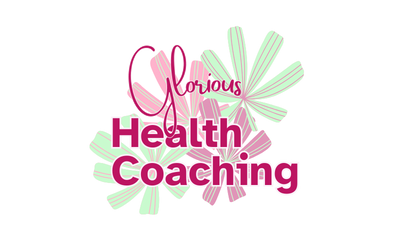Where do you fall in the debate?
- Are you a Parsley fan? Yes/No
- Are you a Cilantro Fan? Yes/No
- Can’t make up your mind? Wondering Who Cares? Yes/No
Details Matter. Let’s take a look.

Parsley
Renowned for reducing edema and containing Vitamin A, parsley is a good guy, and we can’t go wrong with this one, right?

Aside from being beautiful next to a white potato, it is an indispensable component of tabouli. But it is not the benign furled friend we thought.
Parsley contains the anti-nutrient oxalic acid and lots of it. Oxalic acid forms minute, invisible crystals that bind to delicate tissues in our bodies. This can cause big problems in some folks. If your joints hurt, it could be due to oxalic crystals in your cartilage.
Oxalate crystals are sharp and tiny (too small to be seen). In plants this helps keep the stems strong. This is good for the plant but not good for you. They collect in organs and tissues like the brain, kidneys, and joints to name a few.
Even when oxalic acids are consumed below the levels that cause death (yes, that’s what I said), they can cause nausea, severe gut issues, convulsions, and even cardiovascular collapse (that’s where the “d” word comes in).
And wait! Ugh. There’s more! Oxalates are dangerous to our mitochondria affecting moods and energy. All my coaching revolves around improving vitality by nurturing the mitochondria, so I perk up when I hear the mitochondria are damaged.
Although oxalic acid is found in high amounts in commonly consumed vegetables like broccoli and Brussel sprouts, it does not cause obvious symptoms in many people. Every mother confidently says, “eat your broccoli”. But to be safe, you may want to limit that pretty green sprig to a decoration on a plate.
To learn more about this plant toxin, please check out SallyKNorton.com. She’s the expert on oxalates and her story is sobering. She’s also the expert in the tricky task of reducing and removing oxalate crystals.
Now What About Cilantro?
Cilantro, by contrast, is very low in oxalates so it doesn’t leave the toxic residue that makes parsley questionable. But here is the surprise: removes toxins!
To be specific, it binds with environmental metals such as arsenic, cadmium, aluminum, lead, and mercury and removes them from our tissues. [To explore products for detox: my recommendations for detox.]
.

This green flavor-enhancing herb also reduces oxidative stress, the condition that leads to so many diseases including macular degeneration.
It even prevents urinary tract infections and improves sleep.
First Aid
Due to its antihistamine effects, fresh cilantro and coconut oil can be blended together and applied topically to soothe sunburns, dry skin, poison ivy and even hives caused by an allergic reaction.
Caution: If you have a sensitivity to fennel, anise, or caraway you will probably also react to cilantro.
Now, are you a cilantro fan or parsley muncher?
Any good recipes for cilantro you can share? Any parsley pushback? Make comments in the box below!
